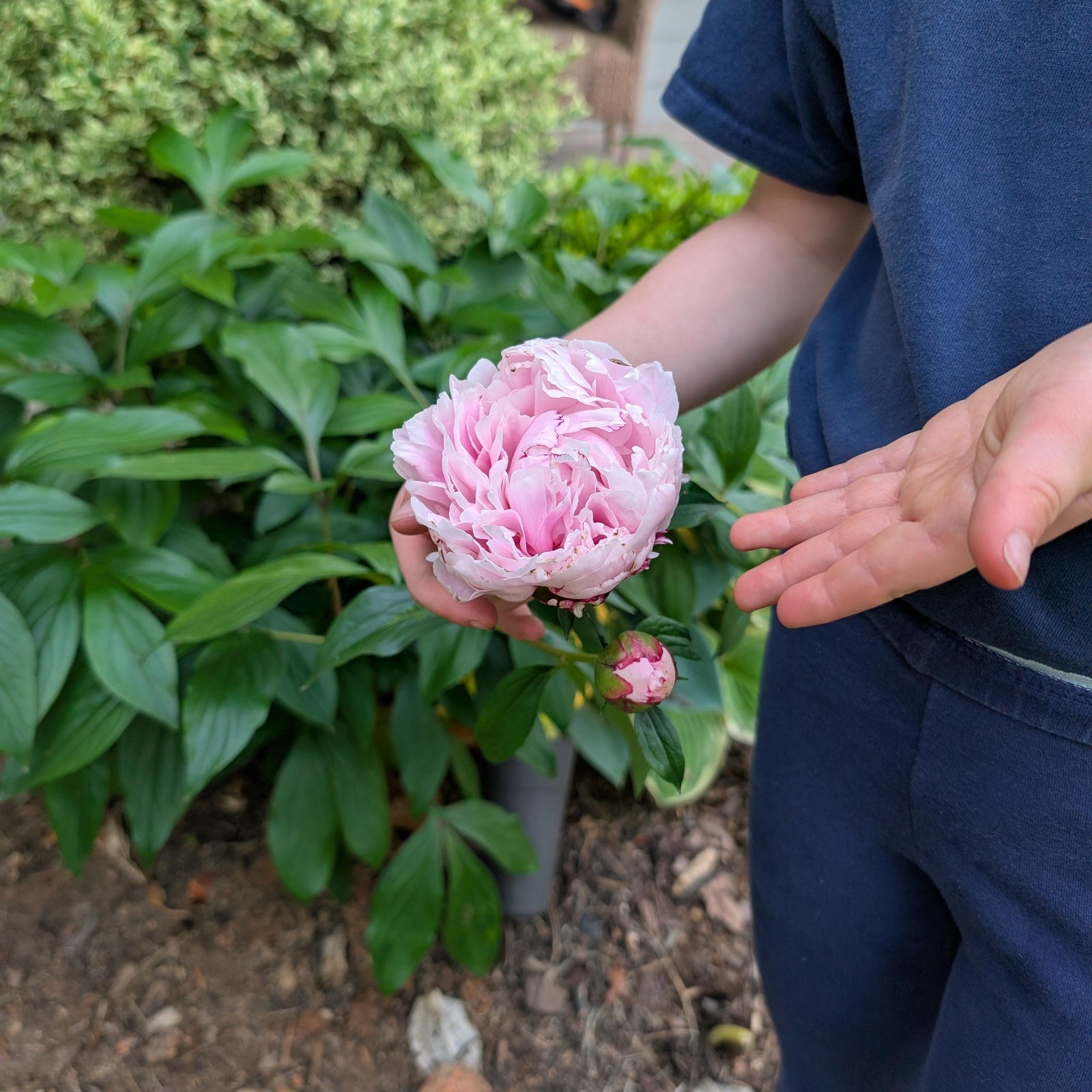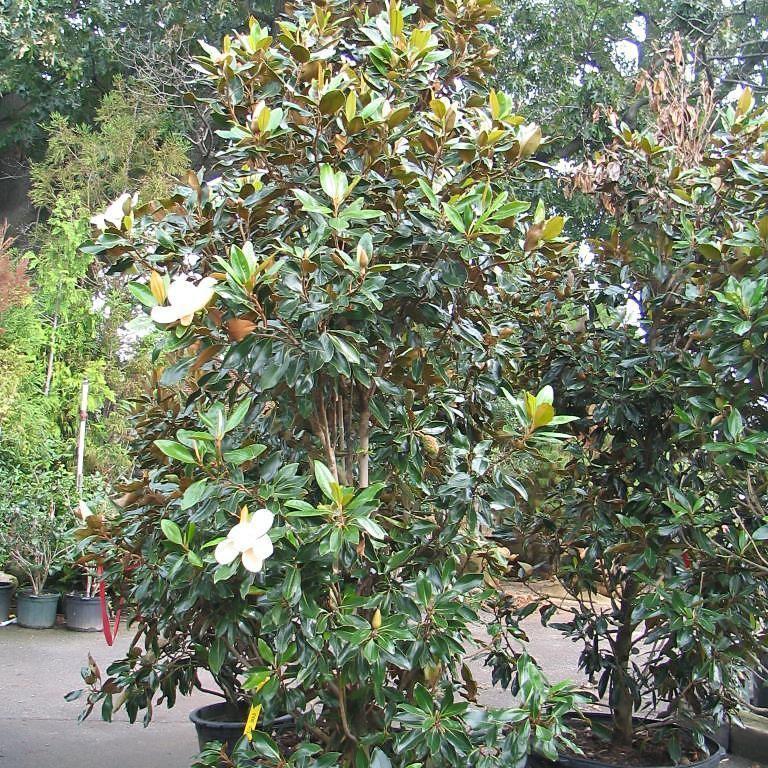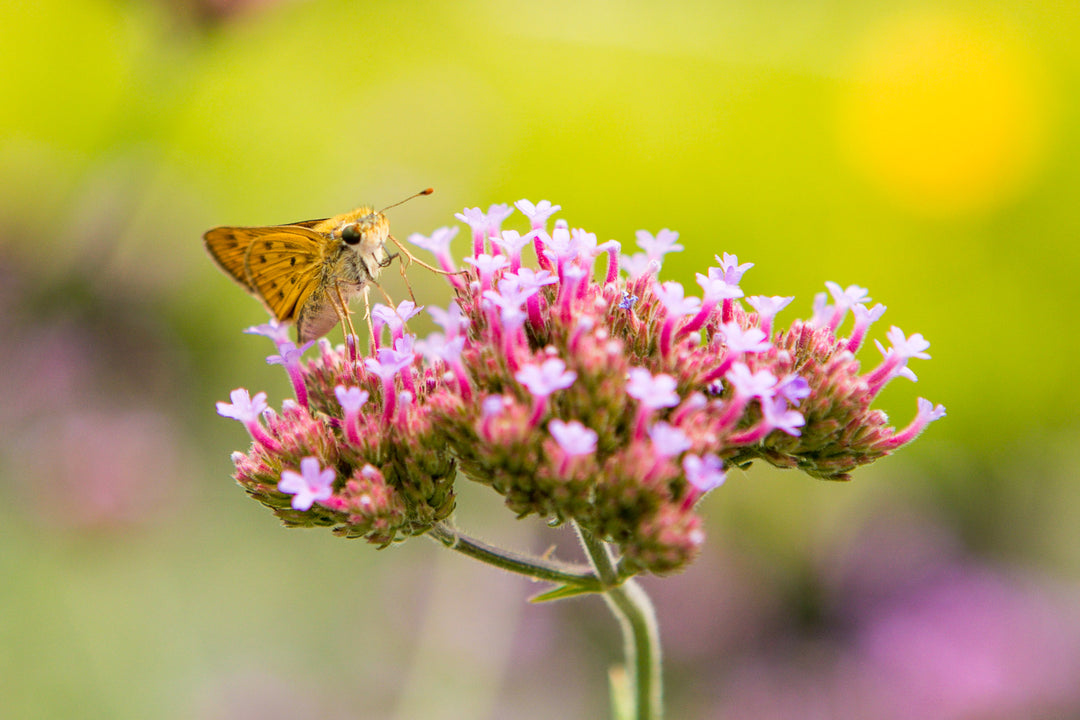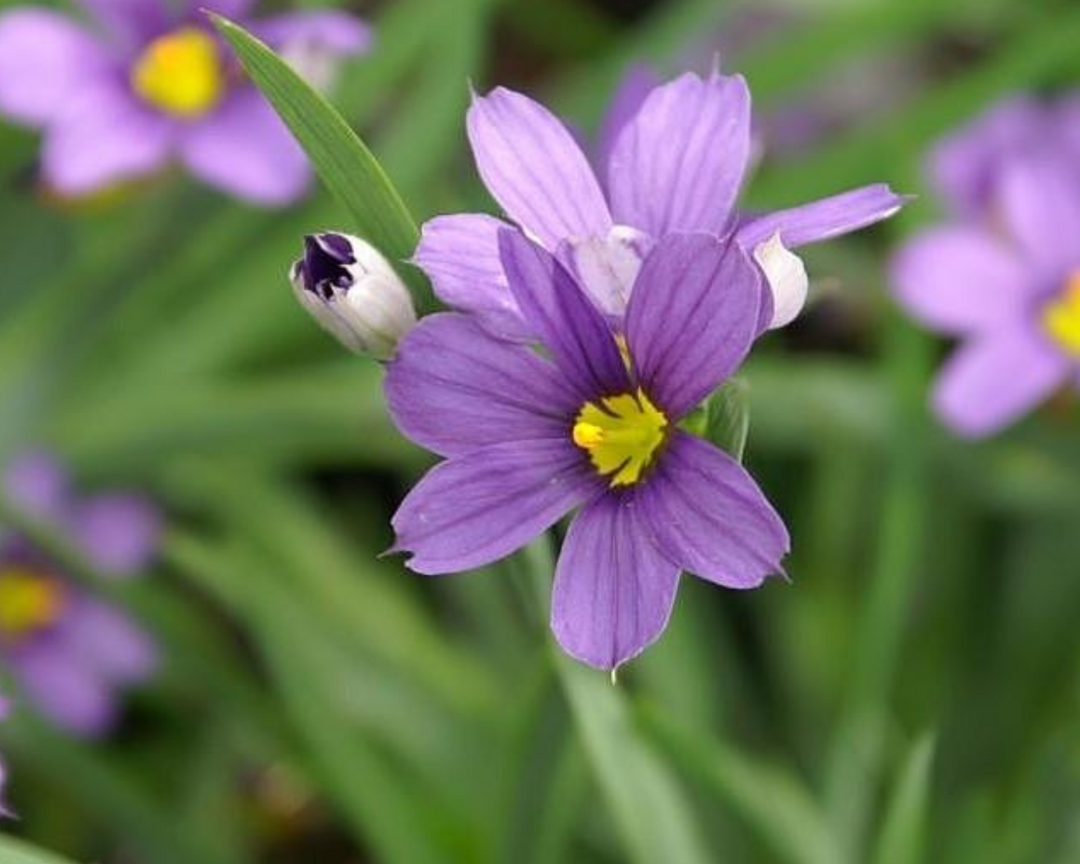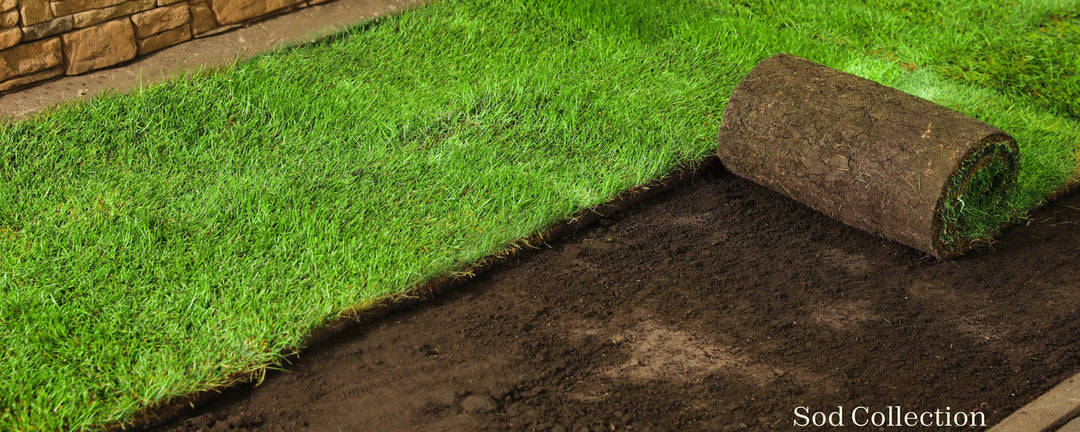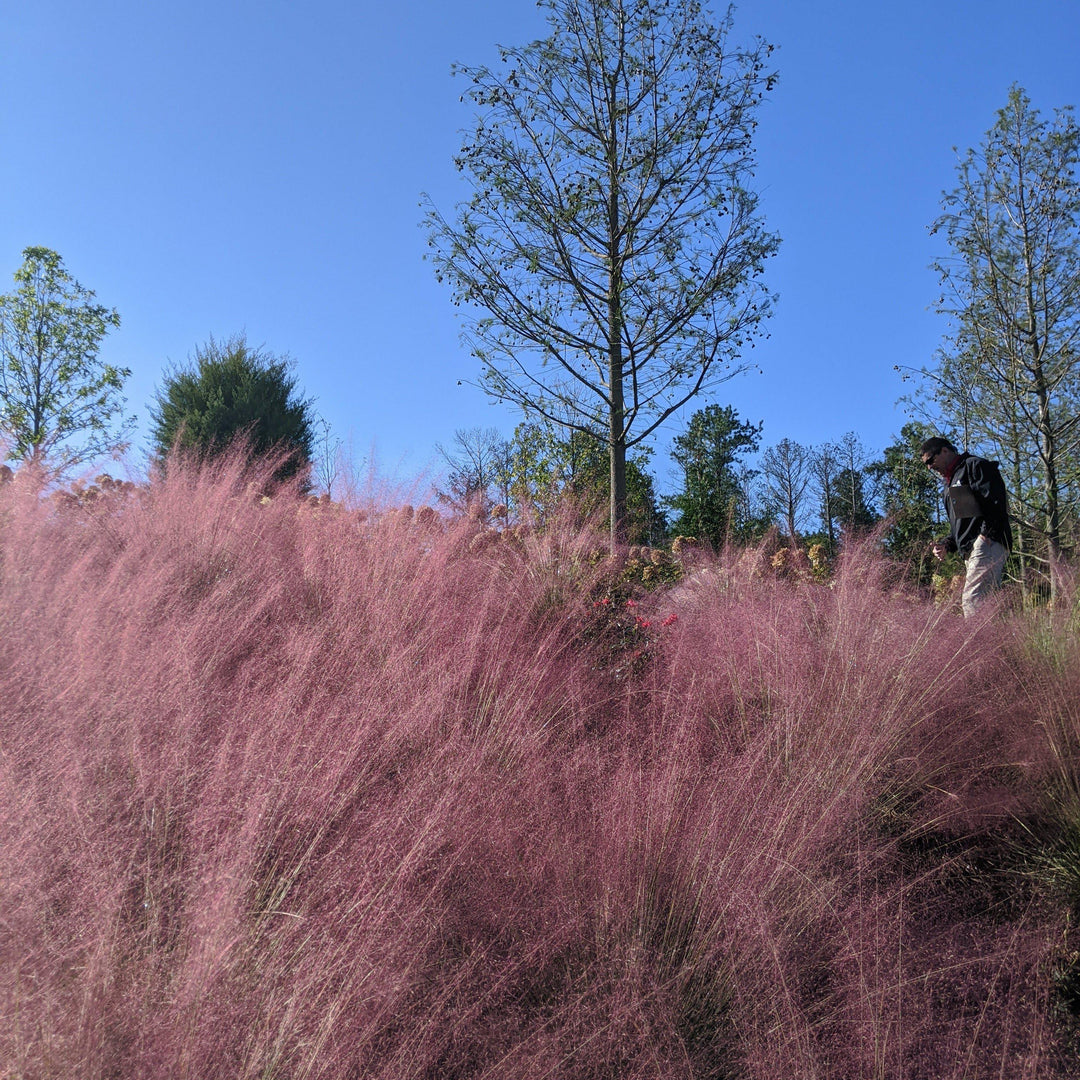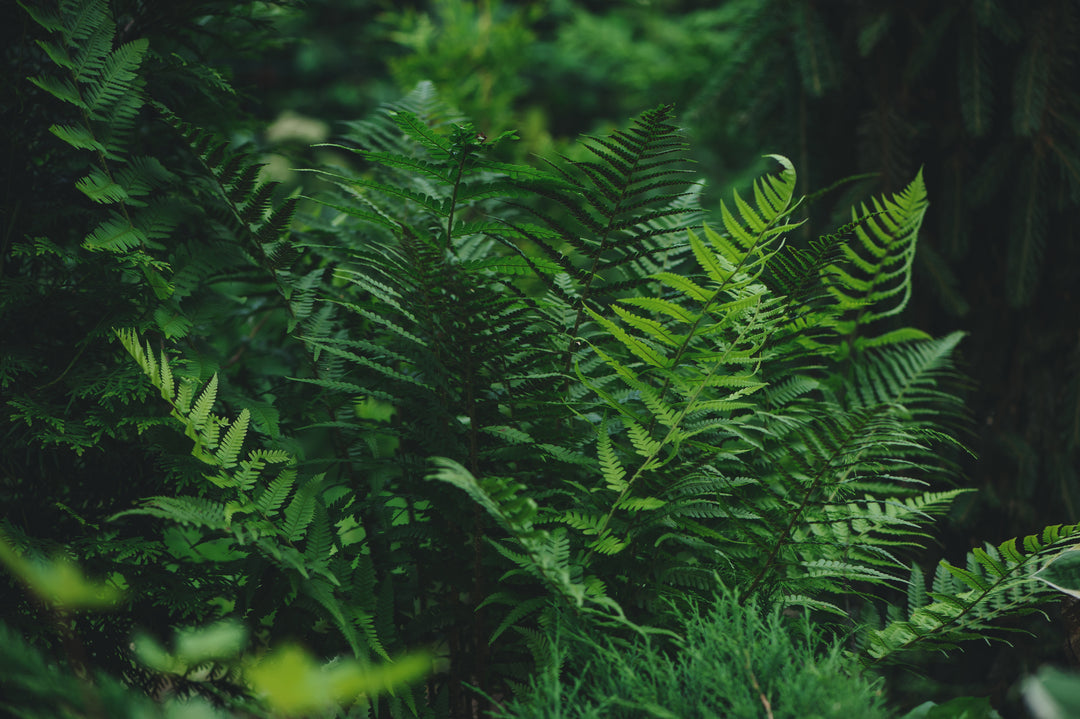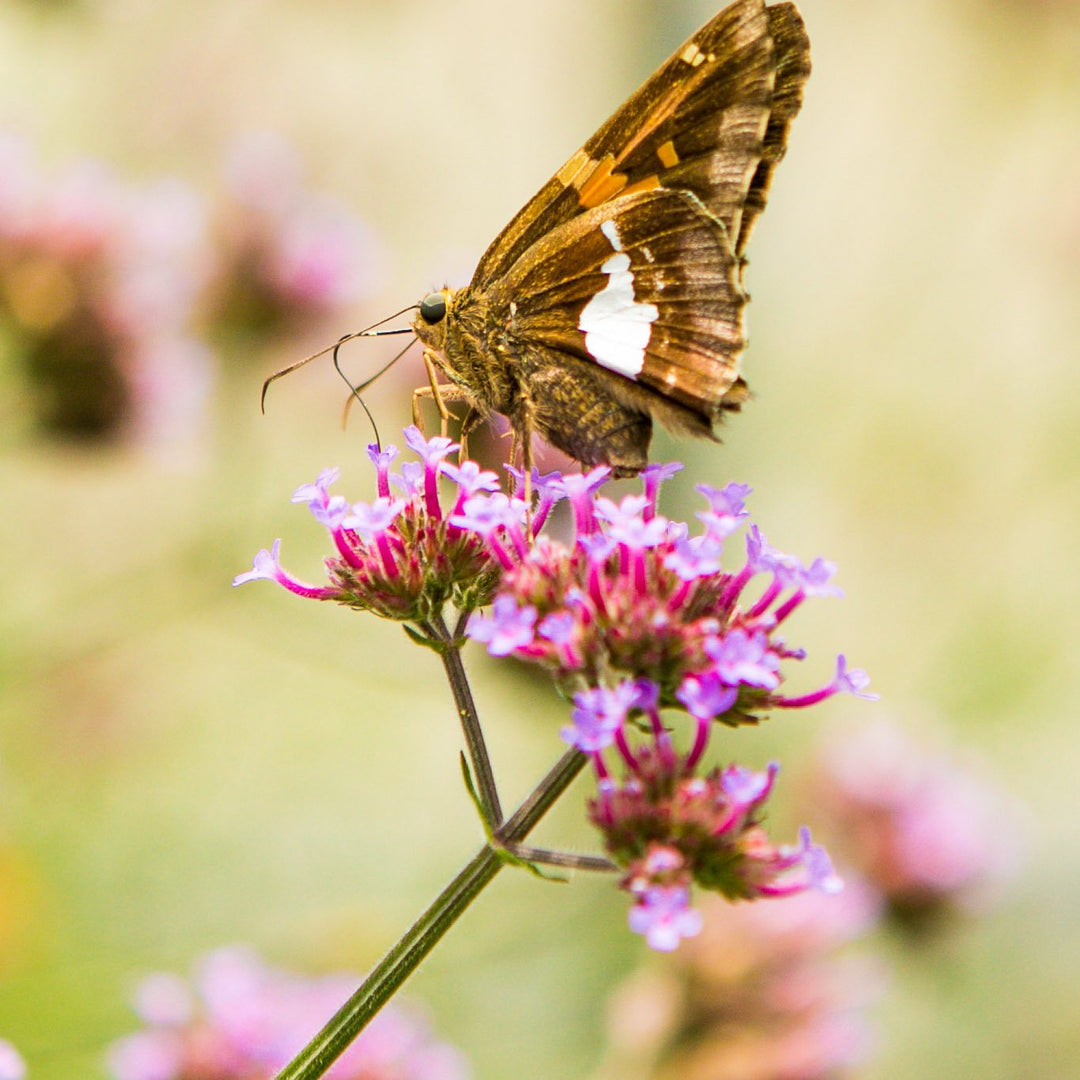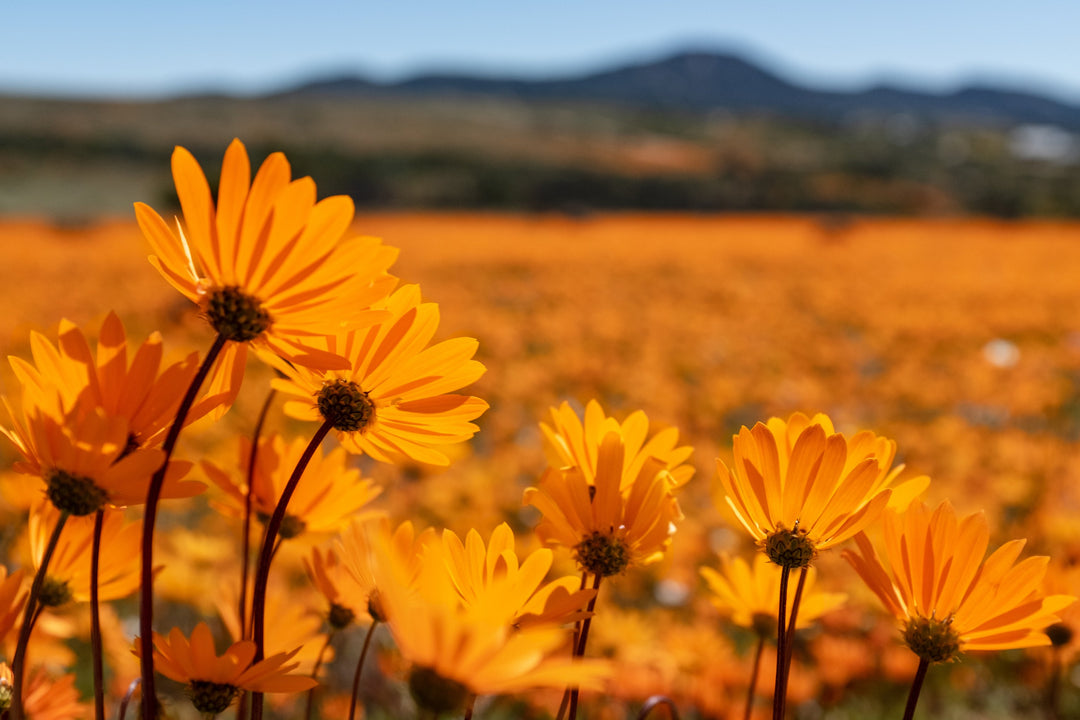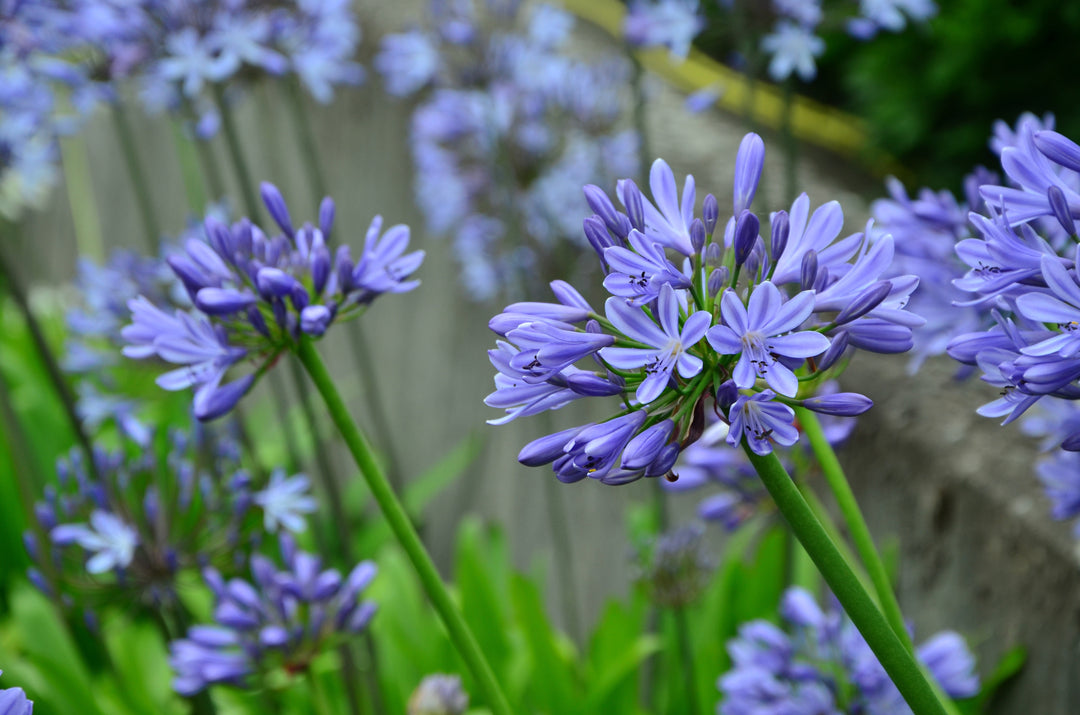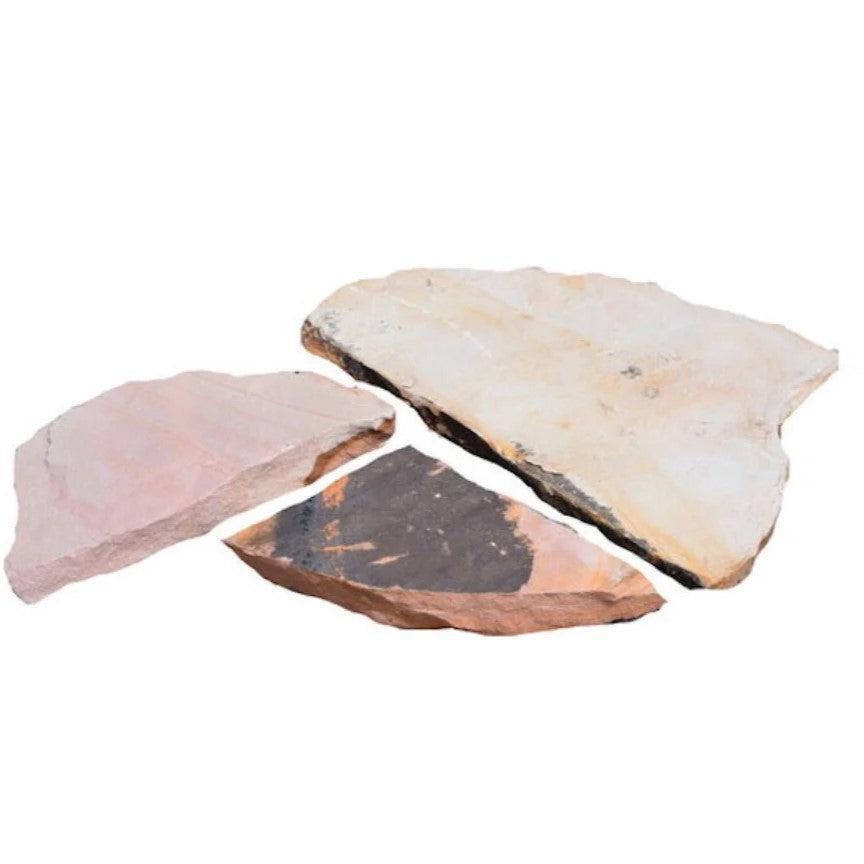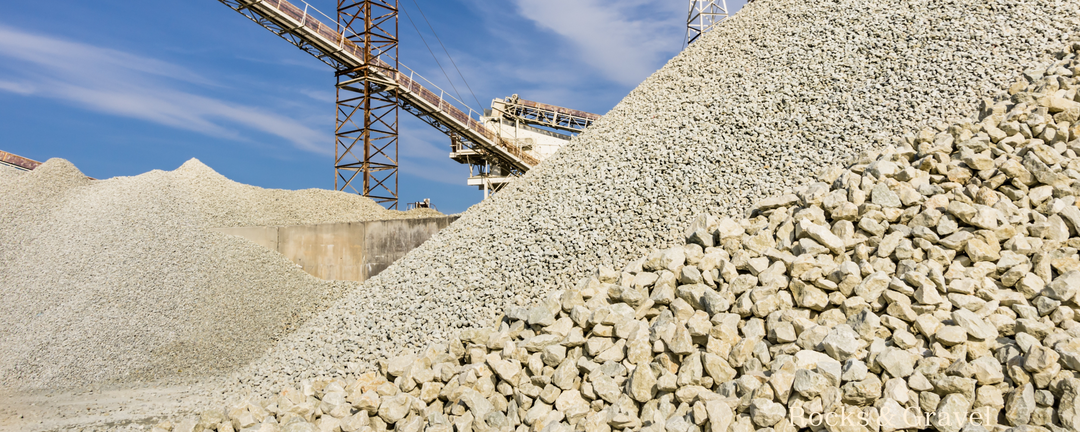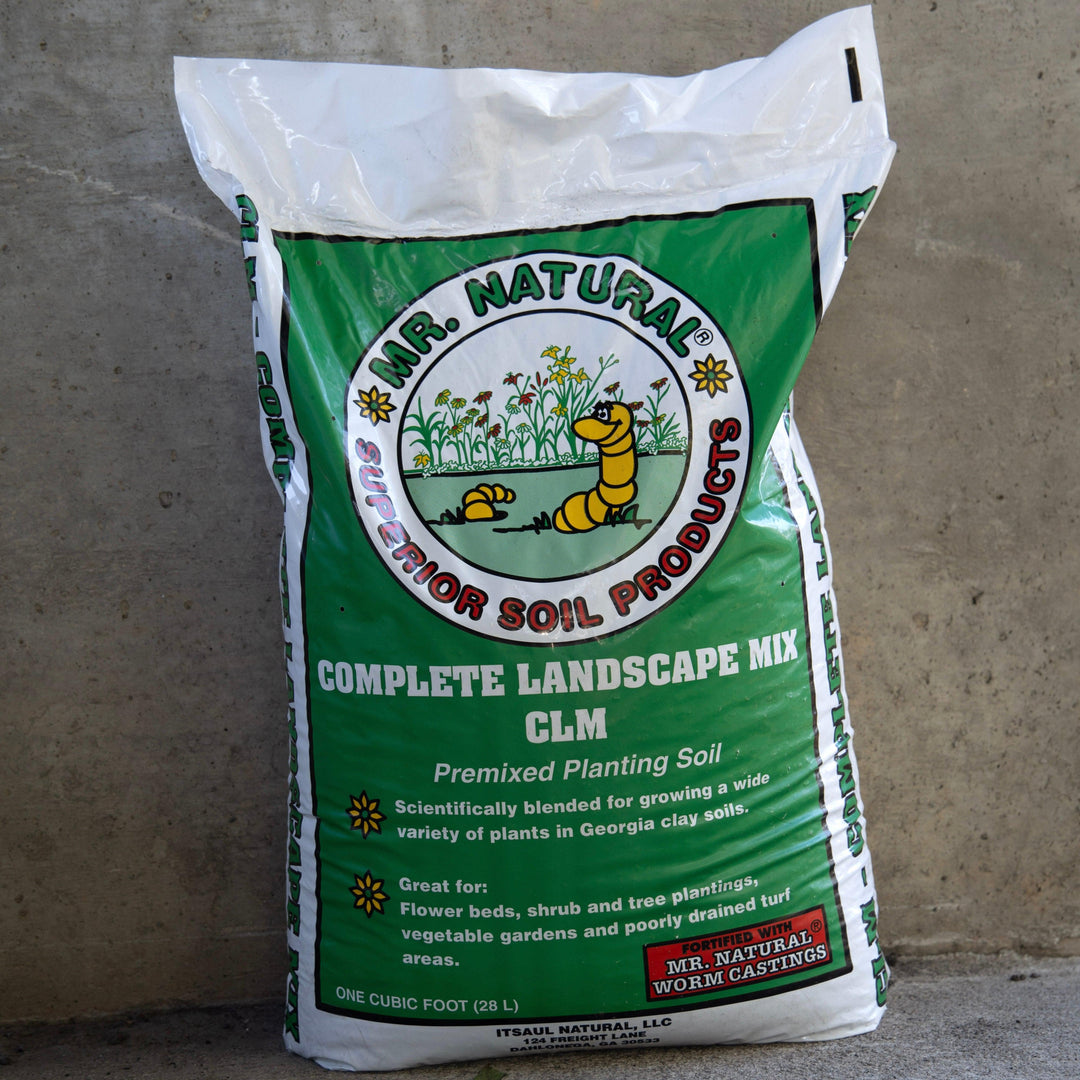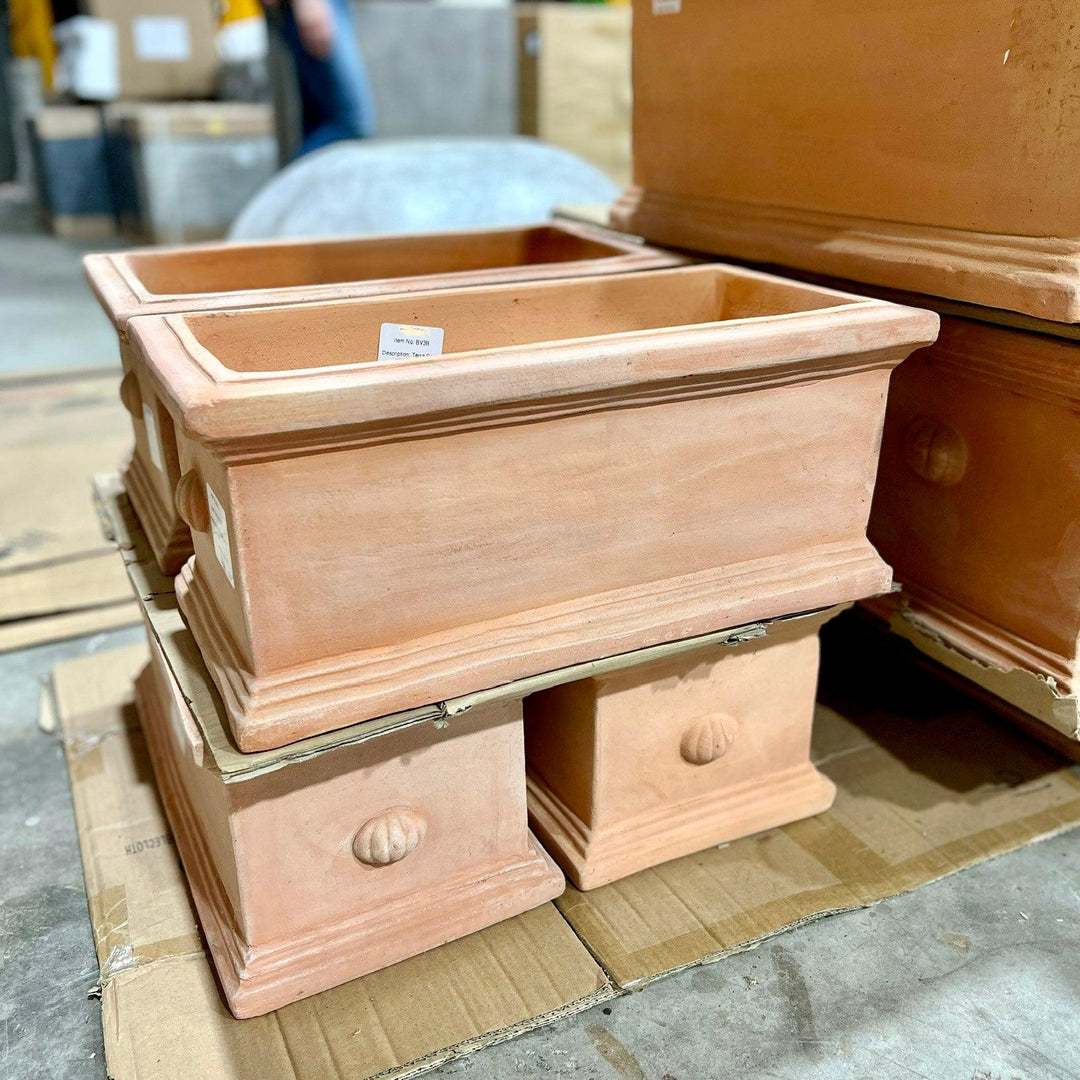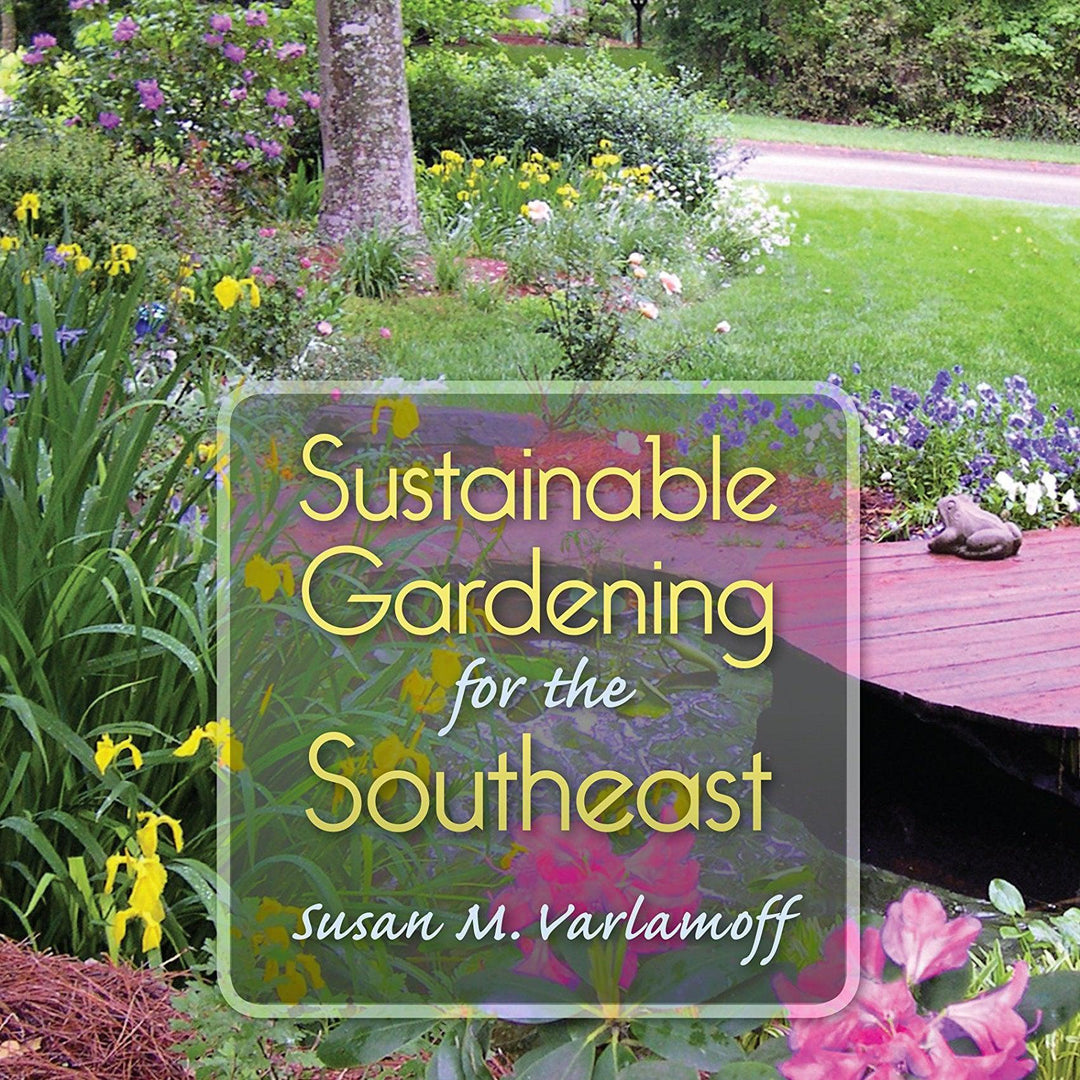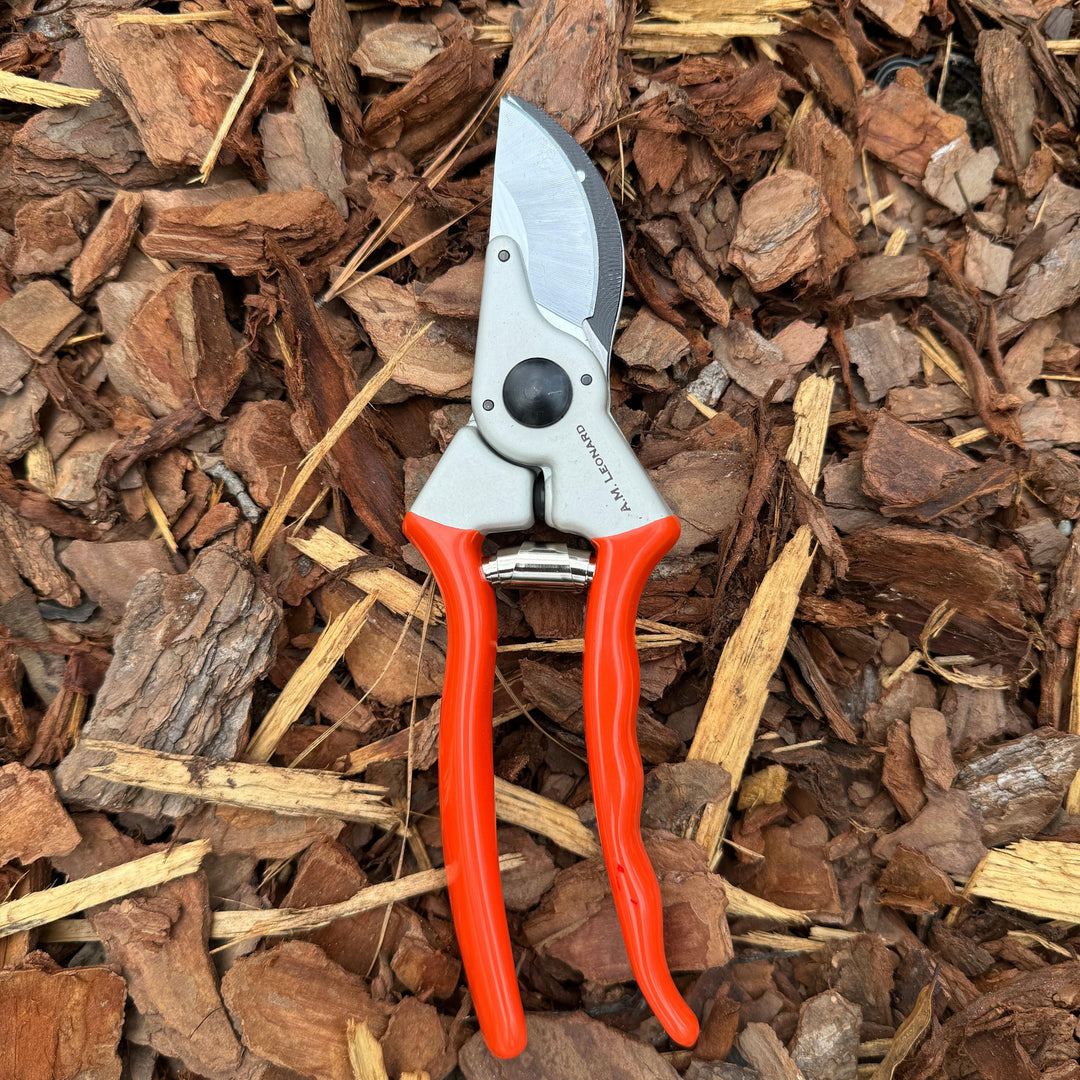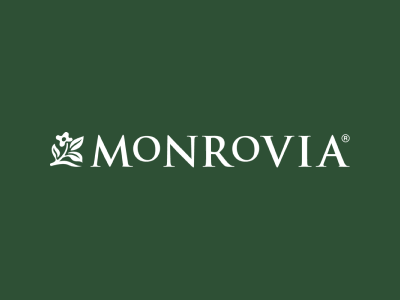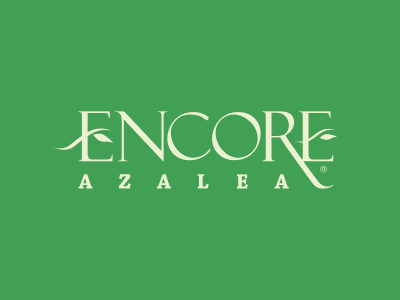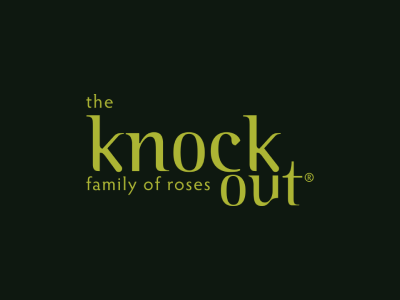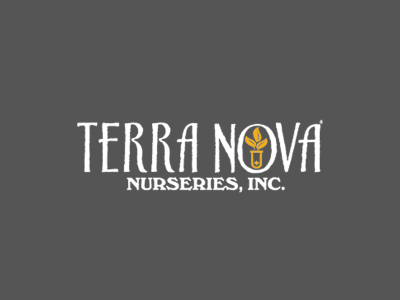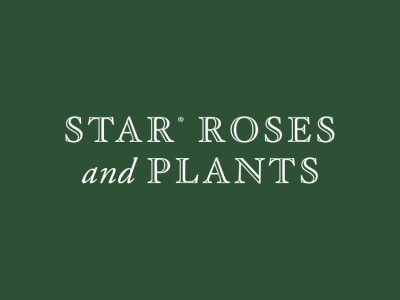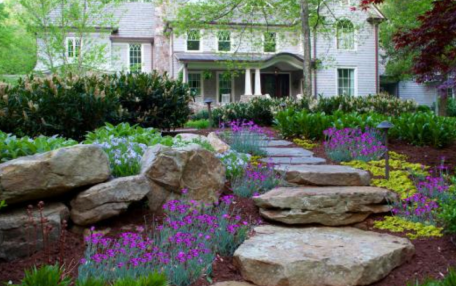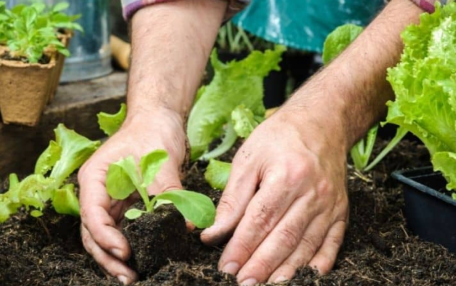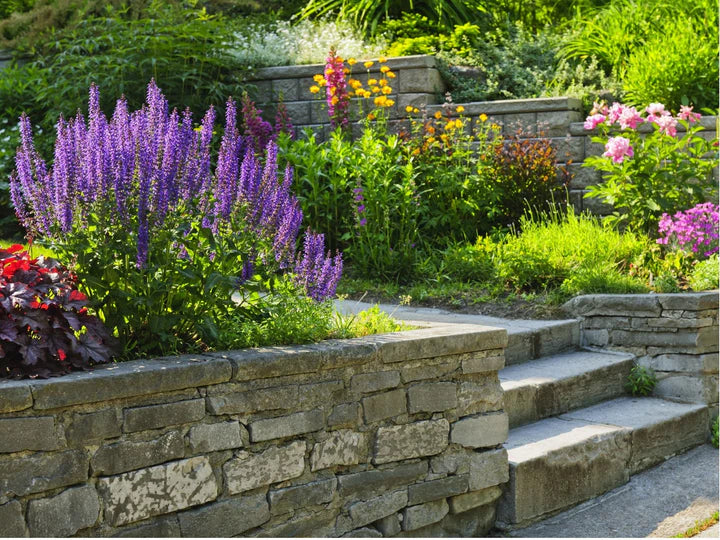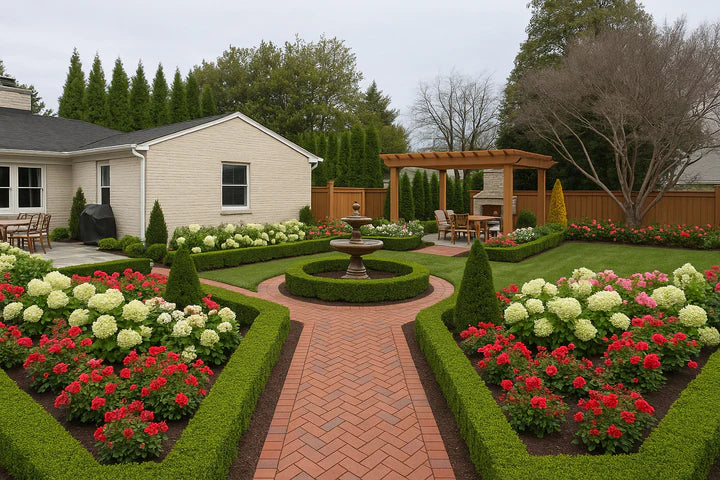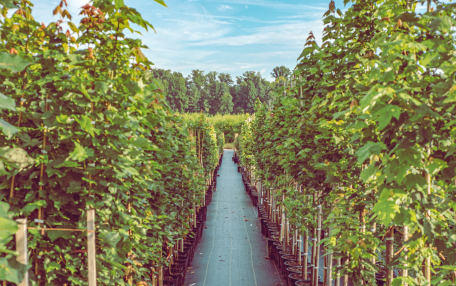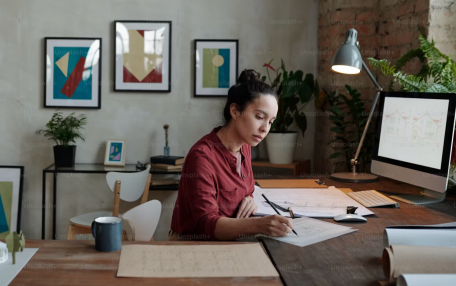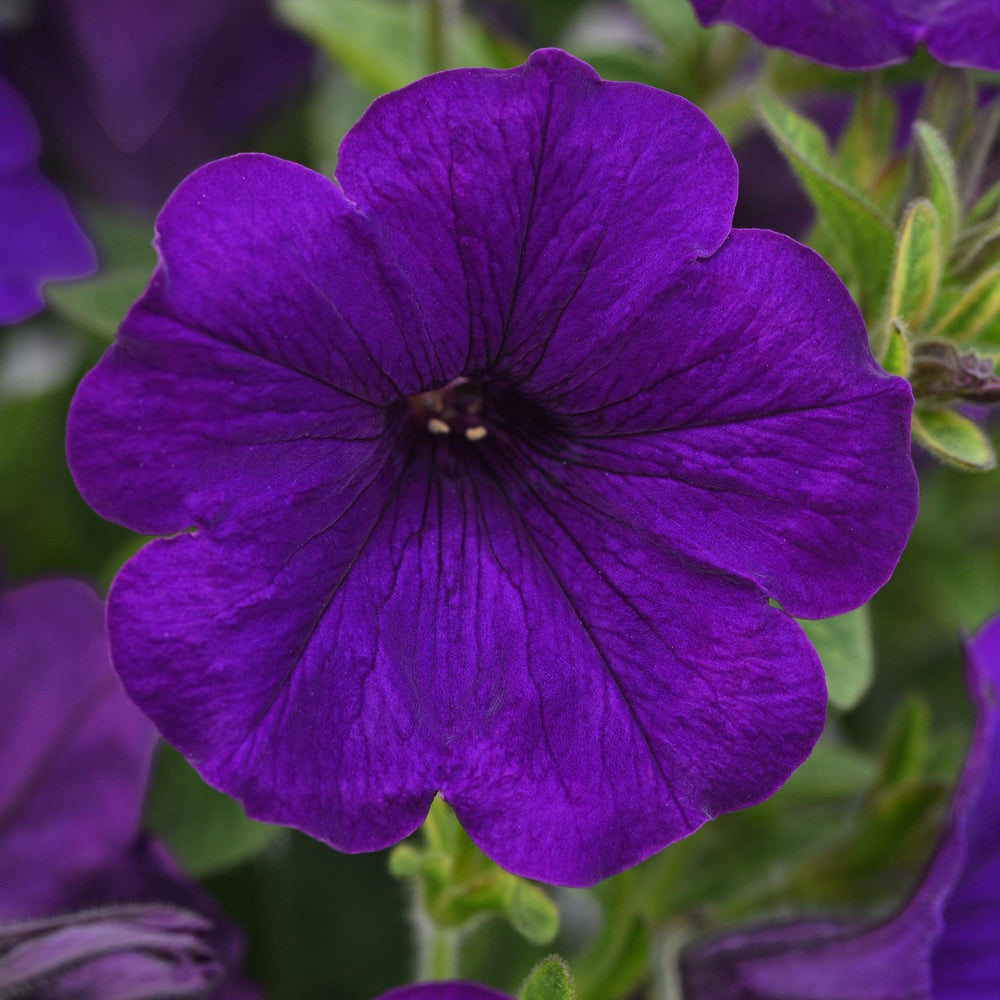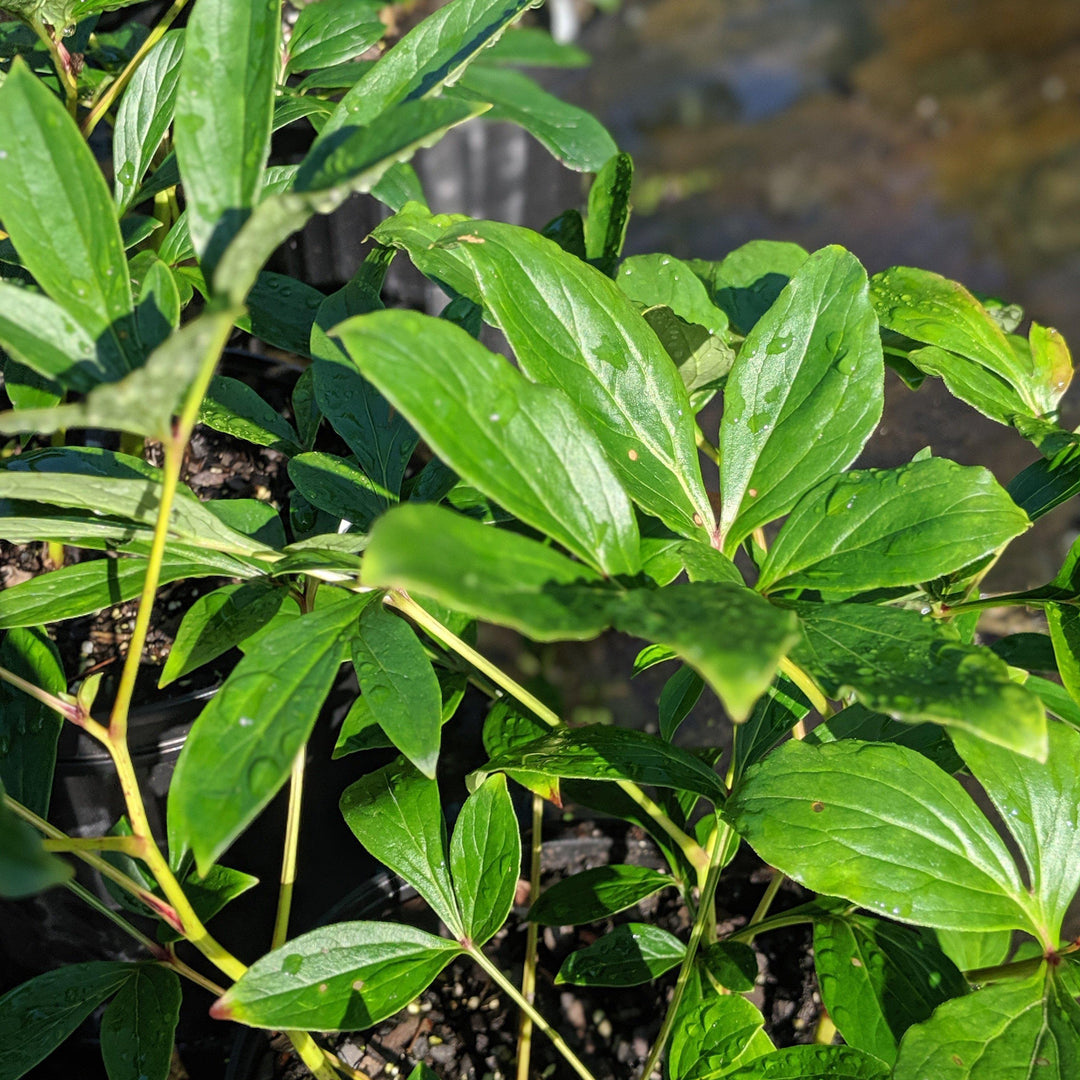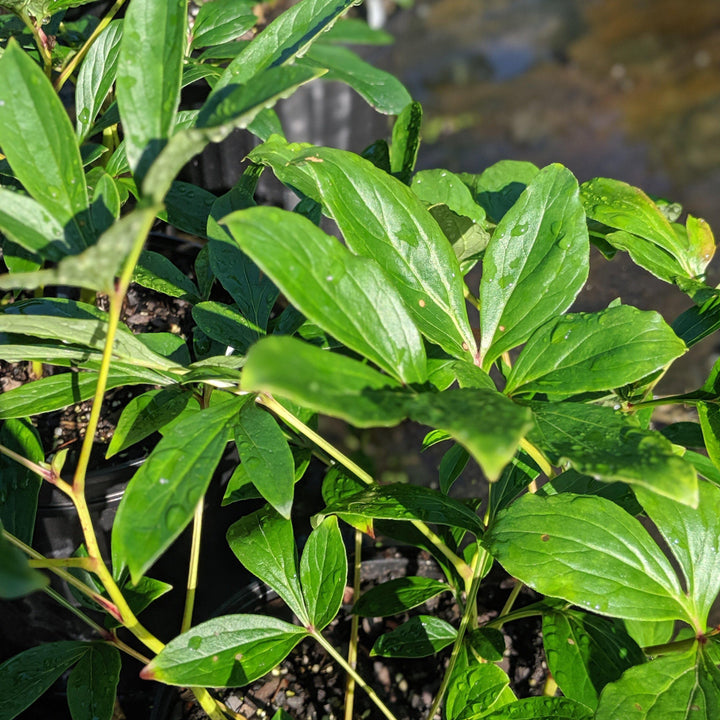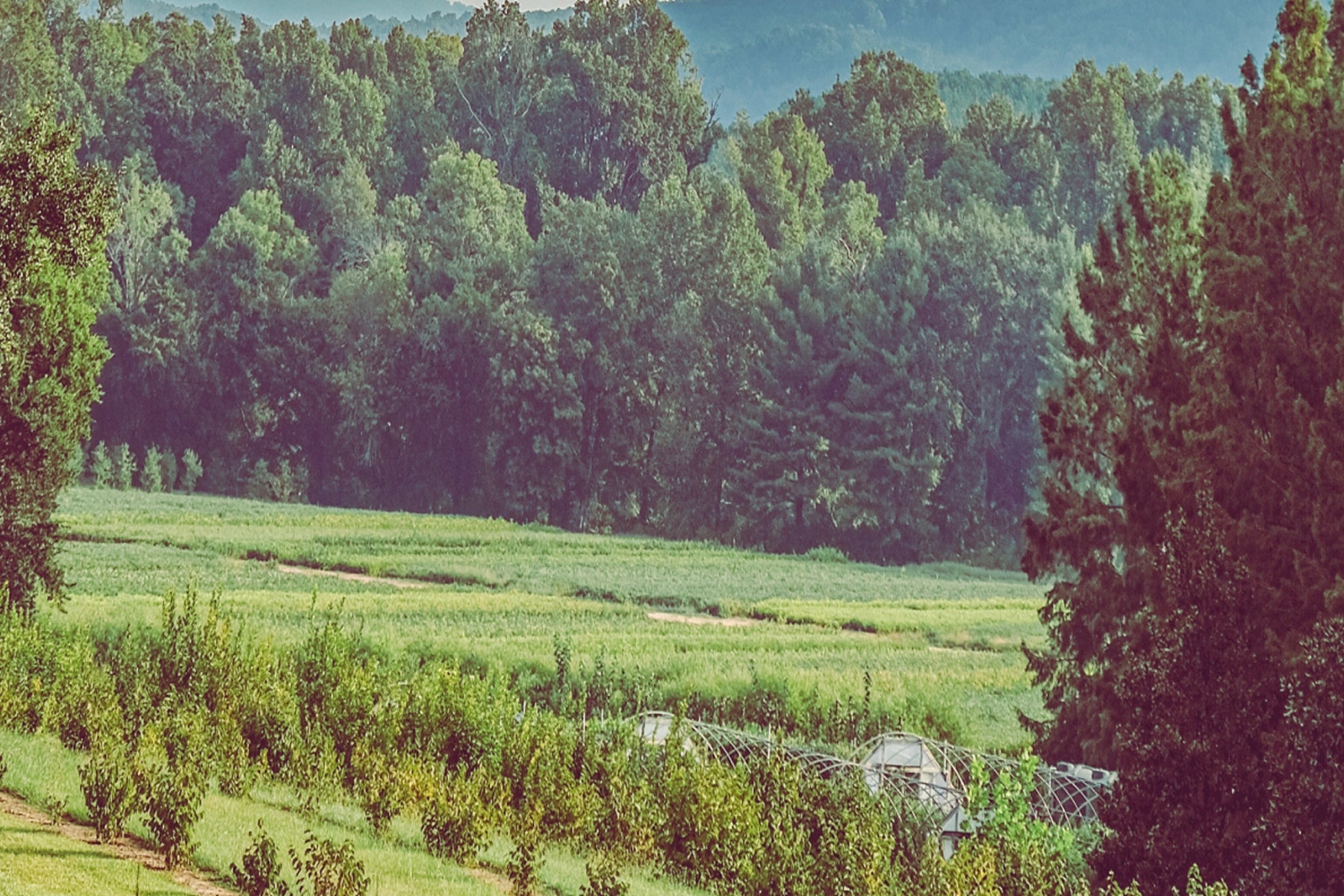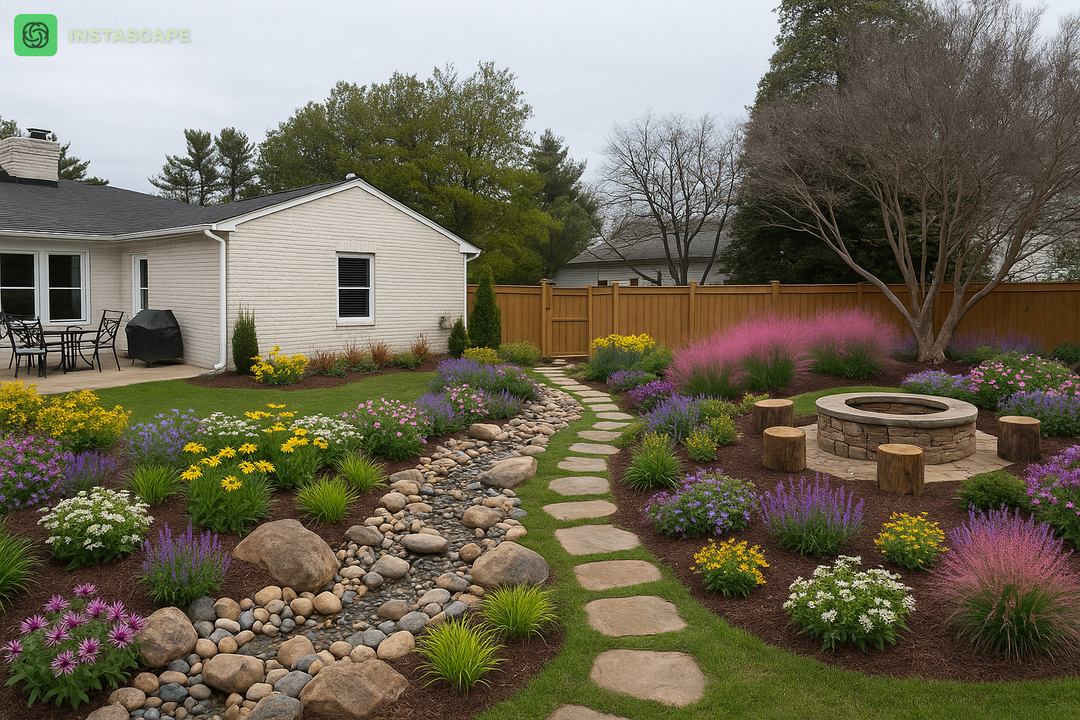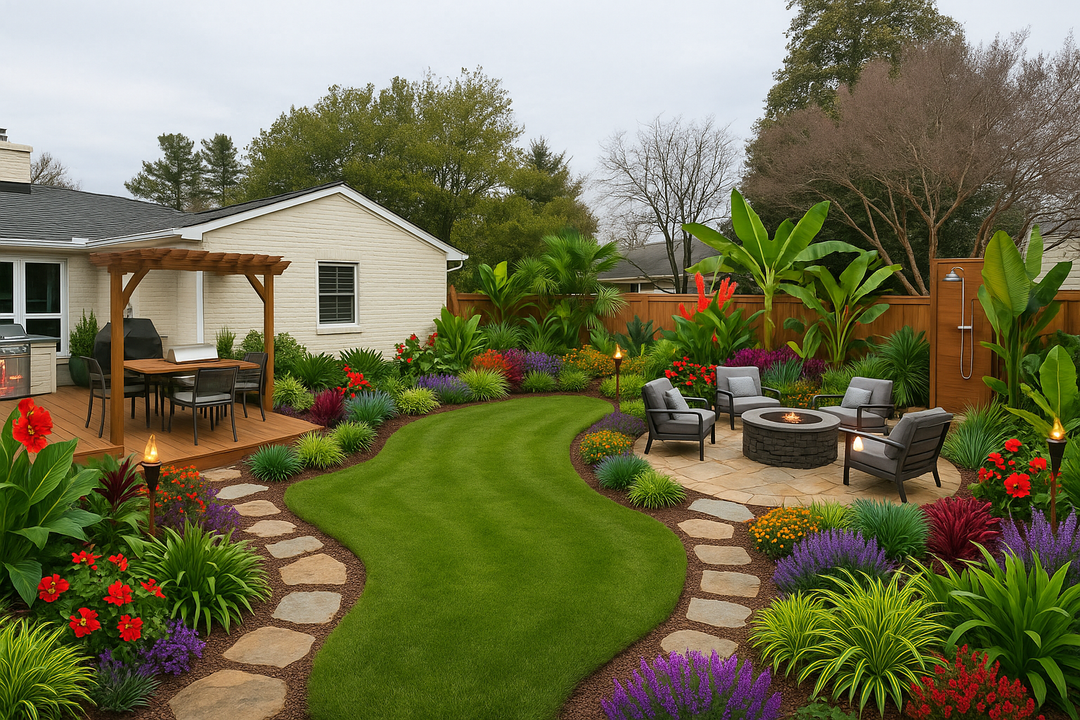Sarah Bernhardt Peony is a fast-growing herbaceous perennial with red tinged stems that sport deep green leaves that turn orange in fall. The very large, highly fragrant pink double flowers bloom mid spring attracting butterflies. Prefers afternoon shade in southern areas and well-drained soils. Foliage dies back to ground after frost.
|
Type: |
|
|
Height: |
2.5’ - 3’ |
|
Spread: |
2.5’ - 3’ |
|
Spacing: |
2.5’ |
|
USDA Hardiness Zone: |
3 - 8 |
|
Culture: |
|
|
Bloom Color: |
Pink |
|
Season of Interest: |
MAINTENANCE NEEDS: Medium Maintenance. Water regularly- whenever top 3” of soil is dry. Botyrtis blight and Phytopthora blight are sometimes problems. Flowers may need staking or stems may droop. Scale, Mealybugs, mites and beetles are occasional problems. Powdery mildew is common in fall but harmless. If the plant doesn’t flower it is likely too shallow/deep or in too much shade.
LANDSCAPE USES: Accents or Group Plantings, Borders, Woodland Gardens, Naturalized Areas, and Containers.
COMPANION PLANTS: Hydrangea, Coneflower, Phlox
*As plants have ranges in appearance they may not appear as the images shown.

